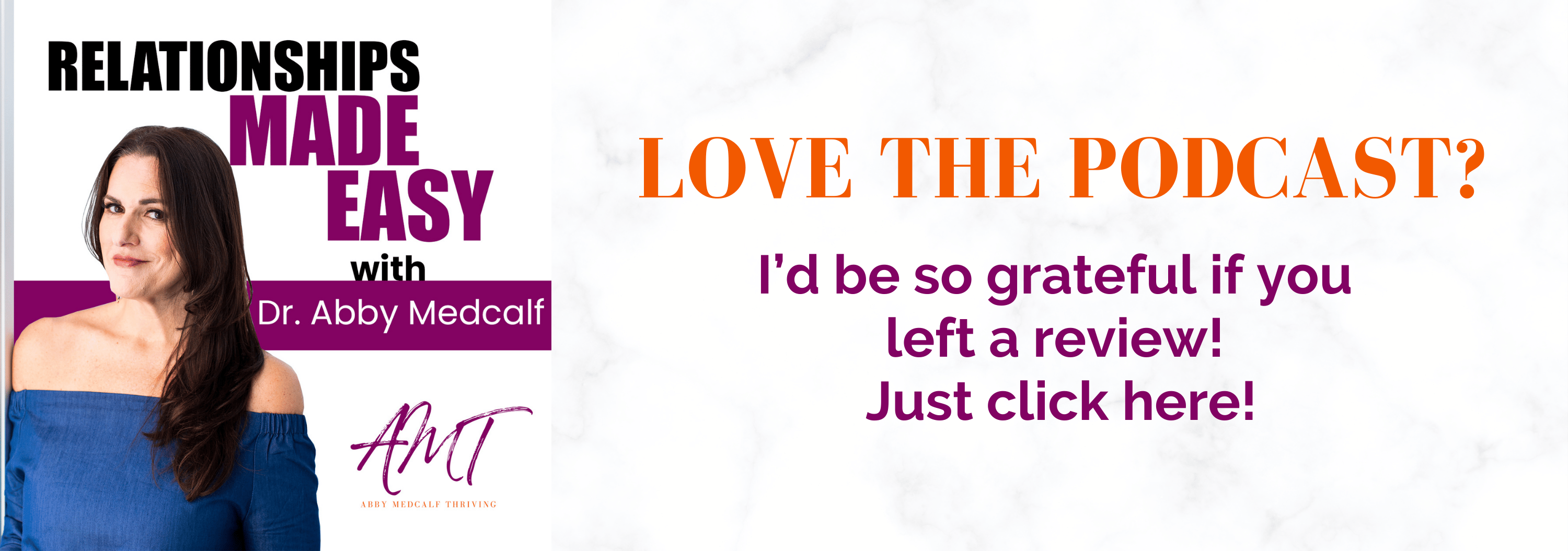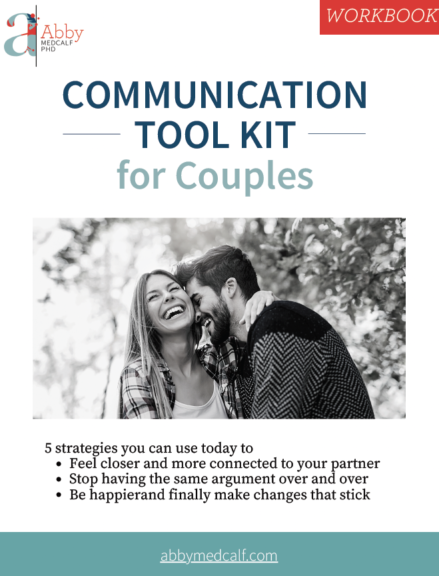
Wondering how to let things go that bother you? How do you stop going round and round in your head and stop overthinking? Maybe your partner hurt you or you’re worried about paying your bills or maybe you’re freaking out about COVID and the Delta variant and you distract yourself for a bit, only to find all those thoughts and worries crashing down on you an hour later. Today I’m going to teach you a simple, evidence-based technique called “cognitive reframing” to help you move from anxious and upset to serene and content in just a few minutes (really)!
10-minute read
Yes, the technique I’m going to teach you today is super-effective, backed by research and takes only a few minutes to do! But no, it’s not a magic pill because you’re actually going to have to pay attention and do it consistently (which seems to be the issue for most people)! I love you sooooo much but reading this isn’t the answer to a happy, joyful and serene life. The answer to that amazing life is reading this and then doing what I tell you! Yes, I’m going full Jewish-mother-bossy-New Yorker on you right now! PLEASE, I’m begging you – practice what I’m going to teach you today for just a week and I’m telling you, you’ll see amazing changes in how you feel! The longer you practice this, the less you’ll need it and the happier you’ll be in the long-term.
The technique was developed in the 1950s by one of my heroes and a king in the psychology field, Dr. Albert Ellis. It’s called cognitive reframing and it’s the core of cognitive behavioral therapy (CBT), which is basically what all therapists use to help you feel better. If you were to do this work with a therapist, they’d likely call it cognitive restructuring but doing it on your own, like you’ll learn today, is just plain old cognitive reframing.
I wrote a blog a long time ago on something Ellis created called the ABC format, so if you like this technique you’re learning today, you’ll also love the ABC technique!
As I said, this technique is backed by research. There have been a bunch of studies over the years proving cognitive reframing helps everything from addiction to PTSD to grief. There’s even some recent research showing that it helps minimize anxiety and depression during this pandemic!
What is Cognitive Reframing and How Will It Help Me Learn How to Let Things Go That Bother Me and Stop Overthinking?
At its most basic level, cognitive reframing helps you looks at a situation, person, thought or feeling from a different perspective. It’s a strategy that helps you open your mindset to a new point of view – a new angle on what’s happening so you can think differently about it and learn how to let things go.
This is crucial because you feel the way you think. So, changing your thinking about something will change your feeling about it. That’s how you go from feeling shitty to feeling at peace about something. You can stop letting it bother you and stop thinking about it – you can stop overthinking.
The thoughts you think and the subsequent emotions that you feel are almost always rooted in old, negative patterns that you’ve had since childhood. These ways of thinking and coping likely served you in some way then, but they definitely don’t serve you now.
When you get a new perspective on something by reframing, you can finally change those old patterns, gain control over your thoughts and feelings and start feeling better! Remember, a habit is just a thought you’ve had over and over again. You can absolutely create new patterns of thought that become new, healthy habits.
You’ve heard me say before that life is happening for you, not to you. That’s a quick example of a cognitive reframe. Thinking of problems as challenges is another cognitive reframe. Some reframes are easy and some are a bit harder, so let’s get to the specific process for reframing and some quick examples to help you really integrate this easily into your life.
Cognitive Reframing: The Five-Step Process on How to Let Things Go:
Before I jump into my fabulous five-step process I need to say this. If you’re not mindfully in your moments, you won’t notice your negative thinking and you won’t be able to use this nifty tool. Period. End of.
I can’t preach enough how mindfulness is the number one game-changer in all your relationships (including the one with yourself). I’ve got SO much stuff on mindfulness. You can listen to me talk about it on the podcast, you can watch a video where I give you quick hacks or you can read another blog post about it. I’m not going to repeat myself here because all the glory is waiting for you in every conceivable format because I’m making it as easy and accessible as I can for you to have a big win here!
Also, because I love you, I’ve got a free, mindfulness starter kit to make all of this a daily reality!
So let’s get to that process! It’s time to learn exactly how to let things go!
Step 1: Name your feeling(s)
What exactly are you feeling in this moment? Try to dig under the immediate feeling a bit. For example, you might be furious at your partner, but then realize that underneath it you’re feeling rejected and abandoned by them. Also, you are not your feeling so don’t say “I’m anxious.” Say, “I’m having an anxious feeling.” If you have trouble identifying your feelings, this is my favorite feelings list from The Hoffman Institute.
Step 2: Name your thought(s)
You feel the way you think. Feelings don’t just come out of nowhere – there’s always something you’re thinking attached to it. In other words, there’s some thought (or thoughts) driving your feelings. If we go with the example I started with, and you noticed you feel abandoned or rejected by your partner you might notice that your thoughts are things like this:
- If he really loved me, he’d clean up after himself. He’d listen to me. He’d try to understand what I’m saying.
- This always happens to me.
- I’m not going to let myself get hurt again; she always disappoints me.
- It’s my fault, I need to learn to shut my mouth and not say anything. I’m always making them mad.
Step 3: Do something physical
You might be able to skip this step (lucky you) but this step is important for you if you feel super triggered or like you’re in some anxiety or anger spiral. If that’s the case, you’ll need to do something physical to stop your brain’s chain reaction keeping you in a stressed and agitated state where it’s impossible to think clearly. Your best bet is to do grounding exercises or take a deep breath or do a shoulder shrug. If you want to learn more about these easy hacks to stop the brain’s trigger system, you can learn how to calm yourself in seconds:
Step 4: Reframe the thought
Now you’re ready for the reframe! Here is where you need to use your thinking, rational brain. If you’re finding it exceedingly hard to do, go back to step three, choose another time to do it, or work with a therapist. Basically, you’re going to ask yourself some questions to help you generate a different point of view about what happened. These could include:
- What else could be true?
- Change your wording from “Is what I’m thinking true?” to “Is what I’m thinking helpful?”
- What can I learn from this?
- What can I get from this?
- Am I basing this thought on facts or feelings?
- What can this thought teach me?
Step 5: Take action
We always feel better when we do something, no matter how small. Write a letter to the person who hurt you and burn it. Go for a walk. Join a meditation group. Donate your time or money.
Lastly, I want to make a few clear points about what reframing is and what it isn’t as you learn how to let things go:
1. This is not about taking a negative thought and putting a positive spin on it!
This isn’t you bullshitting yourself. What you’re actually doing is changing a negative, unhelpful thought into a realistic, helpful If you’re consumed with the thought that COVID is going to kill you and the world is ending, that’s not helpful or realistic if you have no symptoms and you’ve been following guidelines. You also don’t want to suddenly say that everything is puppy dog tails and rainbows because that’s not true or helpful. What is helpful is to remind yourself that you don’t feel sick, you’ve been socially isolating and that you’re fully vaccinated so the odds of you dying if you did get it are pretty much zero.
2. Don’t deny or invalidate your feelings or anyone else’s.
It’s OK to be initially angry with your dad for continuing to nag you about your job. “I feel angry at my dad” is a fine thing to think. It’s what you do with that feeling that matters.
3. Don’t compare or tell yourself you should be grateful.
I lost my husband but I just heard about someone who lost their husband and only child in a car crash. Don’t dismiss or invalidate your feelings comparing to others or feeling guilty about your privilege. Again, it’s what reframe and action you take that matters.
How to Let Things Go — How it Works in Real Life
I want to give you a couple of examples of this process in action, so you can really integrate what you’re learning here today and start practicing this tool.
Example #1:
Situation: Dad is nagging you about your career and it’s driving you crazy!
Your thoughts: He thinks I’m still a child! He has no faith in me. He’s so condescending and patronizing. He’s never believed in me. He’s such a jerk!
Reframe: Clearly, my dad is worried about me making it on my own. He’s my dad and he loves me, so of course he’s concerned. His nagging is his own anxiety driven by his love and caring for me and the fact that he can no longer control my decisions.
Action you might take: Have an open conversation with your dad about how his questions affect you or, next time he does it, say out loud: “I’m reminding myself that you’re nagging me because you love me so much. I love you too, Dad.”
Example #2:
Situation: You have a chronic condition of some kind that’s creating limitations in your life and you’re feeling self-conscious and angry about it.
Your thoughts: “Why me?” or worrying that no one will ever love you with this condition.
Reframe: This condition doesn’t define me. I’m paying so much attention to my physical health now that I wasn’t before. When I put my mind to something, I always figure out a way to move forward. This is one piece of me, not all of me.
Action you might take: Join a support group. Get into therapy. Write down a list of your positive qualities. Get another medical opinion about your condition.
Example #3:
Situation: You didn’t get the promotion you wanted at work
Your thoughts: They don’t appreciate me here. The woman who got it was sucking up constantly; can’t they see what a fake she is?! No matter what I do I can’t get ahead! I’m never going to be successful.
Reframe: What are the positives of not getting that promotion? Without this new job taking up all my time I could really relax for a bit and focus on my health and working out more. I’ve been talking about losing this weight for a while and now I can make it a priority. No more excuses! I’ve got more time to spend with my kids without all this extra work and I could take advantage of that – they’re not going to be around forever – they’re more important right now than this promotion.
Action you might take: Sign up to help coach your kid’s baseball team. Hire a personal trainer for a month. Find a recruiter. Rework your resume. Sign up for a class to improve your skills.
Please remember to send in any questions you have to [email protected] if you want something answered on a future Ask Dr. Abby segment.
Resources
The ABC Technique: Change How You Feel with This Easy Tool
How to Get Out of Negative Thinking
How to Make Mindfulness a Habit
Mindfulness Hacks: Reduce Stress and Anxiety
How 5 Minutes of Mindfulness a Day Can Make Your Relationship Great
Feelings List from the Hoffman Institute
What Anxiety Really Is and How to Deal with It
3 Tips to Calm Yourself in Seconds
Research







